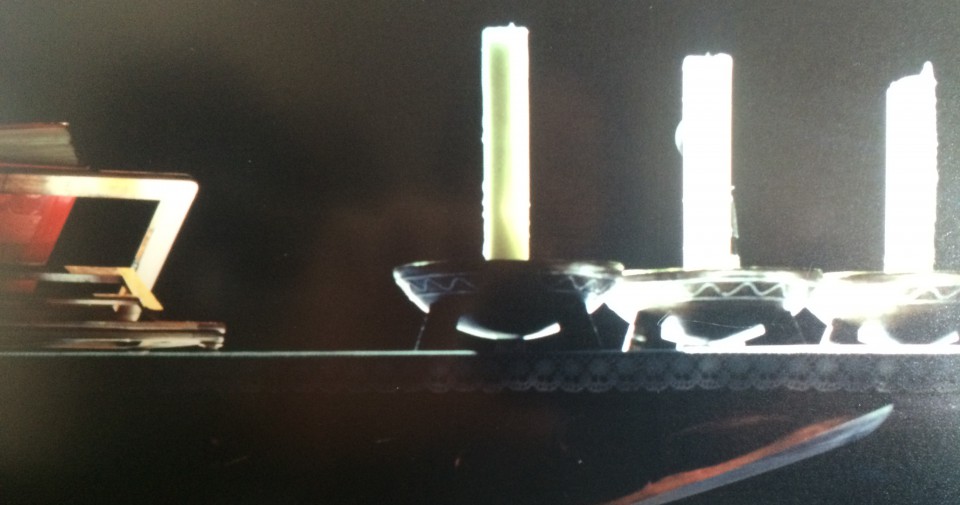 “What does discipleship look like?’’ This was a question we were asked again and again in theology studies. What does it look like? How do disciples act in the world? How does one show that he or she is a follower of Christ?
“What does discipleship look like?’’ This was a question we were asked again and again in theology studies. What does it look like? How do disciples act in the world? How does one show that he or she is a follower of Christ?
We can always look to the communion of saints and learn from them to some degree but not completely because we live in our own specific time and specific context and every life is different. What does discipleship look like in our world today?
I believe that one of the besetting sins of our day is a desire to escape the human condition and we see this manifested in so many ways. The recent horrific legislation passed in New York and Virginia – which basically gives a wink and nod to infanticide – is a bitter refusal of the reality of the gift of life. The abuse of drugs and opioids so prevalent in our society has at heart a desire to escape our human condition – its limits and its sufferings. The tendency to live more in the virtual reality of our iPhone than in the reality of our life seems a very common mode of escape. The confusion regarding gender identity that contains within it a denial of the role that our physical body itself plays in our identity. It is as if the body and the material does not really matter…
This desire to escape the human condition has even entered our Christian understanding. I will confess a pet peeve that I have and it regards a comment often said at the death of a loved one. I understand that the intent of the comment is to comfort and I have even said it myself but it is incorrect. Sometimes, in order to comfort, people might say upon a person’s death, “heaven now has a new angel.” No, heaven does not have a new angel. Angels are a different class of being. Angels are pure spirit. We do not become angels upon our deaths. How do we know this? Because Christ did not come back as an angel upon his resurrection! His was a resurrected body and he specifically points this out in his resurrection appearances. “See my hands and my feet, that it is I myself; handle me, and see; for a spirit has not flesh and bones as you see that I have.” (Lk. 24: 39) Our true identity is not solely spirit. Our true identity as human creatures is body, mind and spirit. This is the fullness of who we are and it is this fullness that will be raised on the great day of resurrection! We proclaim this every Sunday when we proclaim the creed. This temptation to over spiritualize our human nature finds root in numerous spiritualities and approaches to faith that denigrate the body and the material in favor of a view of the spiritual that does not seriously take account of the incarnation – that God became flesh and himself entered into the human condition.
In a world and a time so intent on trying to escape the human condition in so many ways what does discipleship look like? How are we to live as Christians? It is incarnational. It accepts the human condition and it recognizes that it is within our very human condition with all of its limits that we find a privileged place of encounter with Christ our Lord who is the Word made flesh.
Having a faith that is incarnational is neither a turning away from the path of discipleship nor a failure to strive after that which is better, but rather the opposite. It is learning to be amazed, just as Peter was, with how Christ is able to encounter us within the very limits of our human condition. “Depart from me, Lord, for I am a sinful man.” But Christ does not depart. He remains and it is in that ongoing encounter with Christ within the limits of his human condition that Peter is healed and is even made a fisher of men but Peter never escapes his human condition. He does not need to because Christ – the Lord of Life – is there. The disciple must always be where the Master is.
What does discipleship look like today? It must be unabashedly incarnational – not wanting to escape the human condition but willing to encounter Christ within the very limits of our human condition.
Earlier this week a priest at our diocesan priest study days in Gatlinburg shared what I thought was a powerful image of a faith that is incarnational. If you have ever been to Notre Dame Church in Greeneville, TN you know that the church sits at the top of a rise and that to get to the church you must ascend a pretty long driveway. A member of that church community had been trying for quite some time to get pregnant. She finally was able to get pregnant and one day in her gratitude to God for her pregnancy she dropped down on her knees at the bottom of the drive and crawled all the way up the drive on her knees and into the church to the altar as a show of gratitude for the blessing God had given her. That is an incarnational faith. That is what discipleship looks like.
